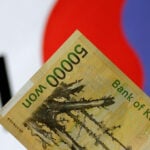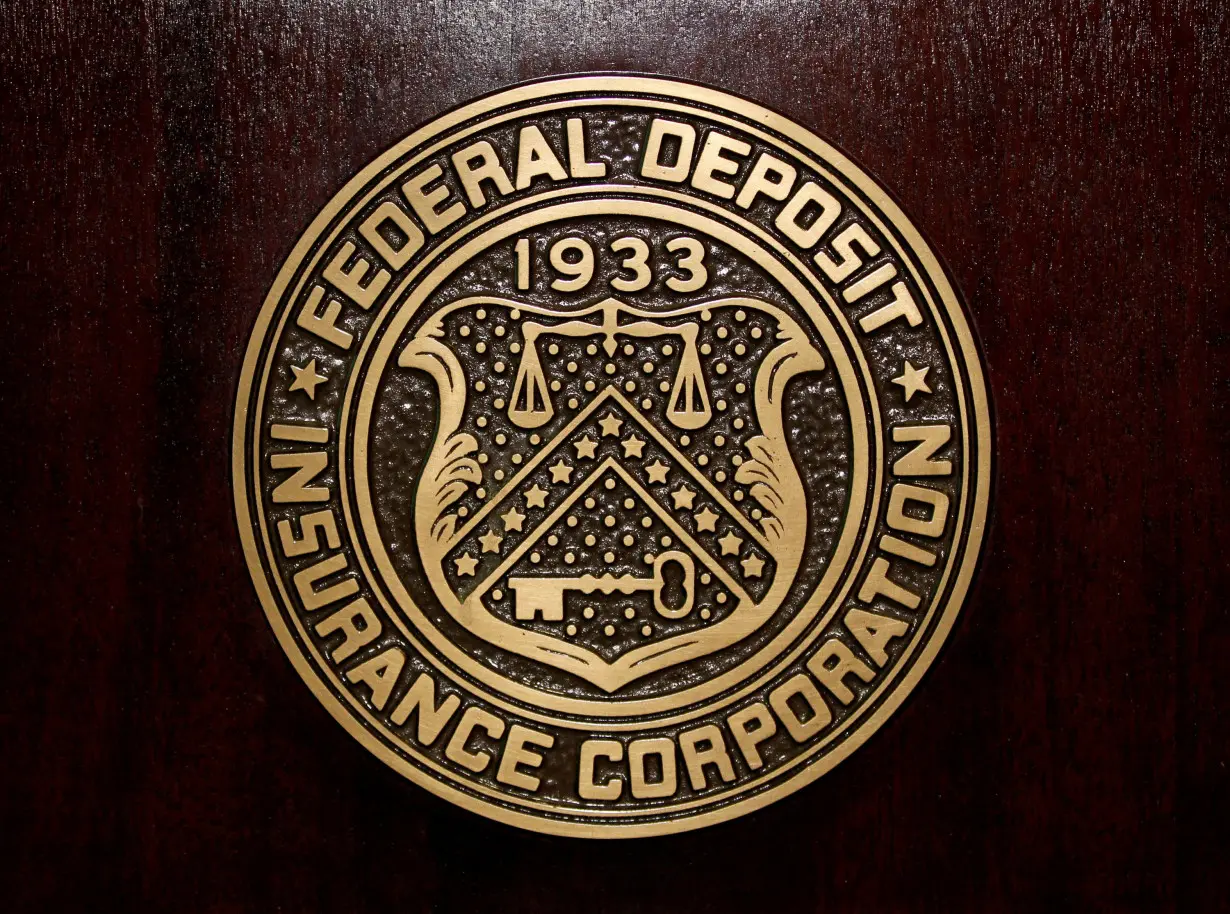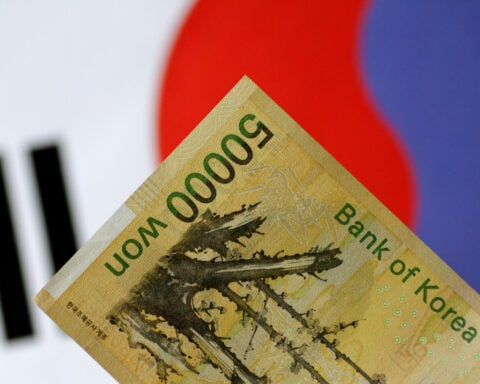By Pete Schroeder
WASHINGTON (Reuters) - Profits for the U.S. banking sector surged 79.5% to $64.2 billion in the first quarter of 2024, boosted primarily by large banks not shouldering billions in special fees they were directed to pay to recover costs incurred by bank failures last spring.
The Federal Deposit Insurance Corporation said most of the higher profits was due to banks not realizing that assessment, which drove down bank profits at the end of 2023. Firms also enjoyed boosts in noninterest income and lower provision expenses as well.
Specifically, the FDIC said bank noninterest expense dropped $22.5 billion in the first quarter, and was the primary cause of the profit boost. The decline in special assessment costs accounted for over half of those lower expenses.
Overall, the FDIC said asset quality metrics remained generally favorable, but noted deterioration in credit card and commercial real estate (CRE) portfolios. In particular, the FDIC said the noncurrent rate for non-owner occupied CRE loans was now at 1.59%, its highest level since the fourth quarter of 2013, driving primarily by office portfolios at large banks.
"The banking industry continued to show resilience in the first quarter," said FDIC Chairman Martin Gruenberg in a statement, who noted "deterioration in certain loan portfolios...continues to warrant monitoring."
The FDIC also said its "problem bank list" expanded from 52 firms to 63 in the first quarter, and the total assets at those banks rose to $82.1 billion. Currently, 1.4% of total banks are considered "problem banks," which the FDIC said falls within its normal range.
Bank deposits were up for the second straight quarter, climbing 1.1% or $190.7 billion. Estimated uninsured deposits grew 0.9%, marking its first increase since the end of 2021.
(Reporting by Pete Schroeder; Editing by Chizu Nomiyama)

 TikTok seeks to reassure U.S. employees ahead of Jan. 19 ban deadline
TikTok seeks to reassure U.S. employees ahead of Jan. 19 ban deadline
 US won't seek charges in unarmed Black motorist Ronald Greene's fatal 2019 arrest
US won't seek charges in unarmed Black motorist Ronald Greene's fatal 2019 arrest
 Euro zone households could increase consumption, ECB chief economist says
Euro zone households could increase consumption, ECB chief economist says
 Foreigners sold South Korean equities last month by most since early 2020
Foreigners sold South Korean equities last month by most since early 2020
 Trump and Biden national and homeland security staff will meet Wednesday for threat exercises
Trump and Biden national and homeland security staff will meet Wednesday for threat exercises
 As fires ravage Los Angeles, Tiger Woods isn't sure what will happen with Riviera tournament
As fires ravage Los Angeles, Tiger Woods isn't sure what will happen with Riviera tournament
 Antetokounmpo gets 50th career triple-double as Bucks win 130-115 to end Kings' 7-game win streak
Antetokounmpo gets 50th career triple-double as Bucks win 130-115 to end Kings' 7-game win streak
 No 97 Laura Siegemund upsets Olympic champion Zheng Qinwen at the Australian Open
No 97 Laura Siegemund upsets Olympic champion Zheng Qinwen at the Australian Open








